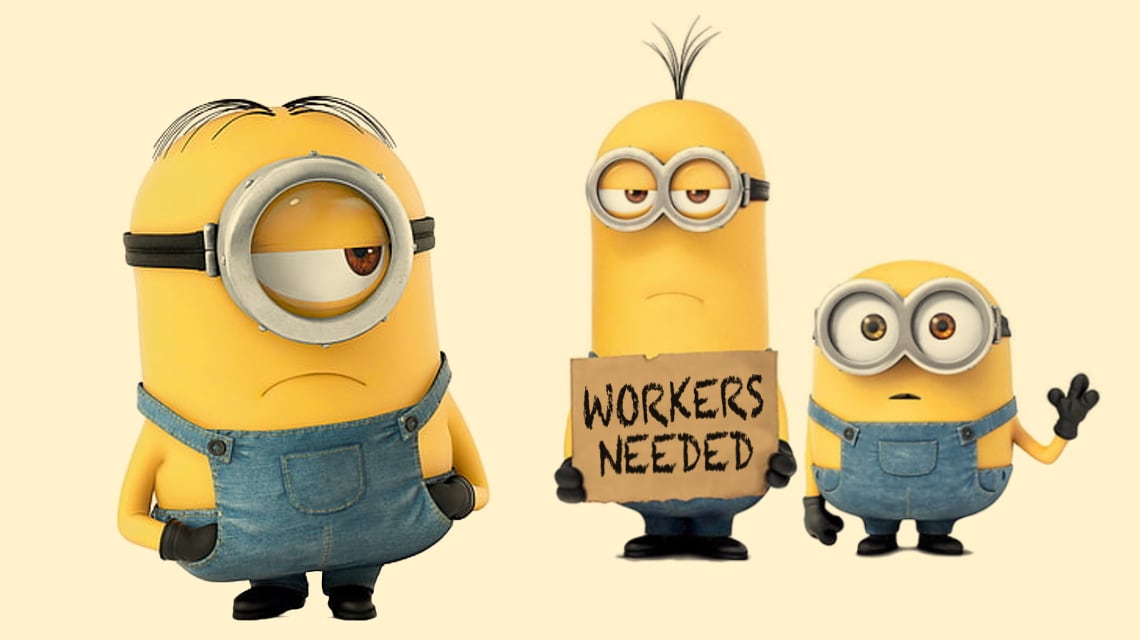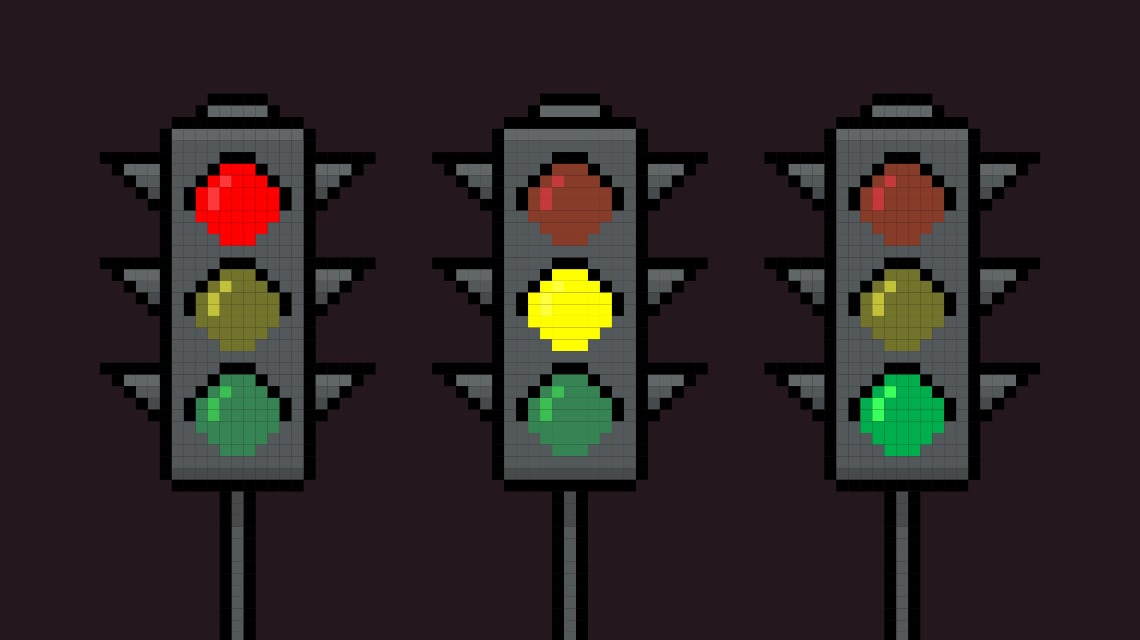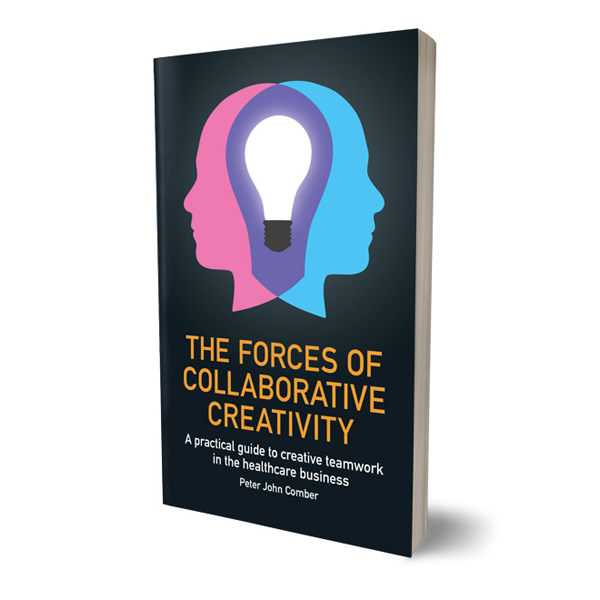Drunk driving.
Uber and Lyft, two similar services with very different brand images.
Following an incredible sequence of well documented PR disasters, Uber is the closest thing I’ve ever seen to an experiment on how badly a brand can damage itself and still survive. In my opinion it’s a ruined brand and the only reason Uber exists as a business today is because it has been successful at attracting investor money and isn’t afraid to spend it.
Uber has never made a profit and since 2009, when it was founded, it has lost over $8 billion (as a frame of reference the 2016 GDP of The Bahamas was $9 billion). Like some obnoxious heir to a fabulous financial empire Uber acts atrociously and seemingly without consequences. It’s unlikely Uber will disappear anytime soon because it has $7 billion in cash and an untouched $2.3 billion credit facility. I will be watching with interest to see if it ever turns a profit and what it’s brand image is like if it does.
At the beginning of this week Uber announced an agreement with Volvo to purchase tens of thousands of XC90 cars, specifically modified for autonomous driving. Providing Uber’s self-driving program doesn’t collapse while being sued by rival Waymo (owned by Alphabet) or fail due to the loss of their chief autonomous vehicle technician, Anthony Levandowski.
The following is from the Uber website: “For the women and men who drive with Uber, our app represents a flexible new way to earn money”. In AdAge this August, Shelly Palmer wrote: “Many Uber drivers feel (rightly or wrongly) that they are underpaid, overworked, and generally treated unfairly.” Their problems with Uber will disappear once they have been replaced by self-driving Volvo’s.
Compared with it’s notorious competitor you don’t hear much about Lyft in the news. That’s not the only way they are different. Their website homepage says boldly: “HAPPY DRIVERS. HAPPY RIDERS.” The brand has just launched an end-of-year campaign that focuses on their drivers. Specifically it highlights that their drivers are people who have other interests and obligations and it thanks them for driving for Lyft. It’s a simple, human approach. In a normal world it would be boring. It’s a great example of the importance of understanding context in communication: it works because it contrasts with the dysfunctional antics of its competitor. The campaign is well executed and it’s convincing because it also serves to announce a new program that requires all Lyft employees to spend four hours every three months experiencing what their drivers do (staffing driver-support calls, working in one of their driver hubs, or driving).
The campaign tagline "What are you driving towards?" is evocative of Lyft drivers who use the flexible gig to finance their dream. I also see it as a very interesting question for their competitor, Uber.





